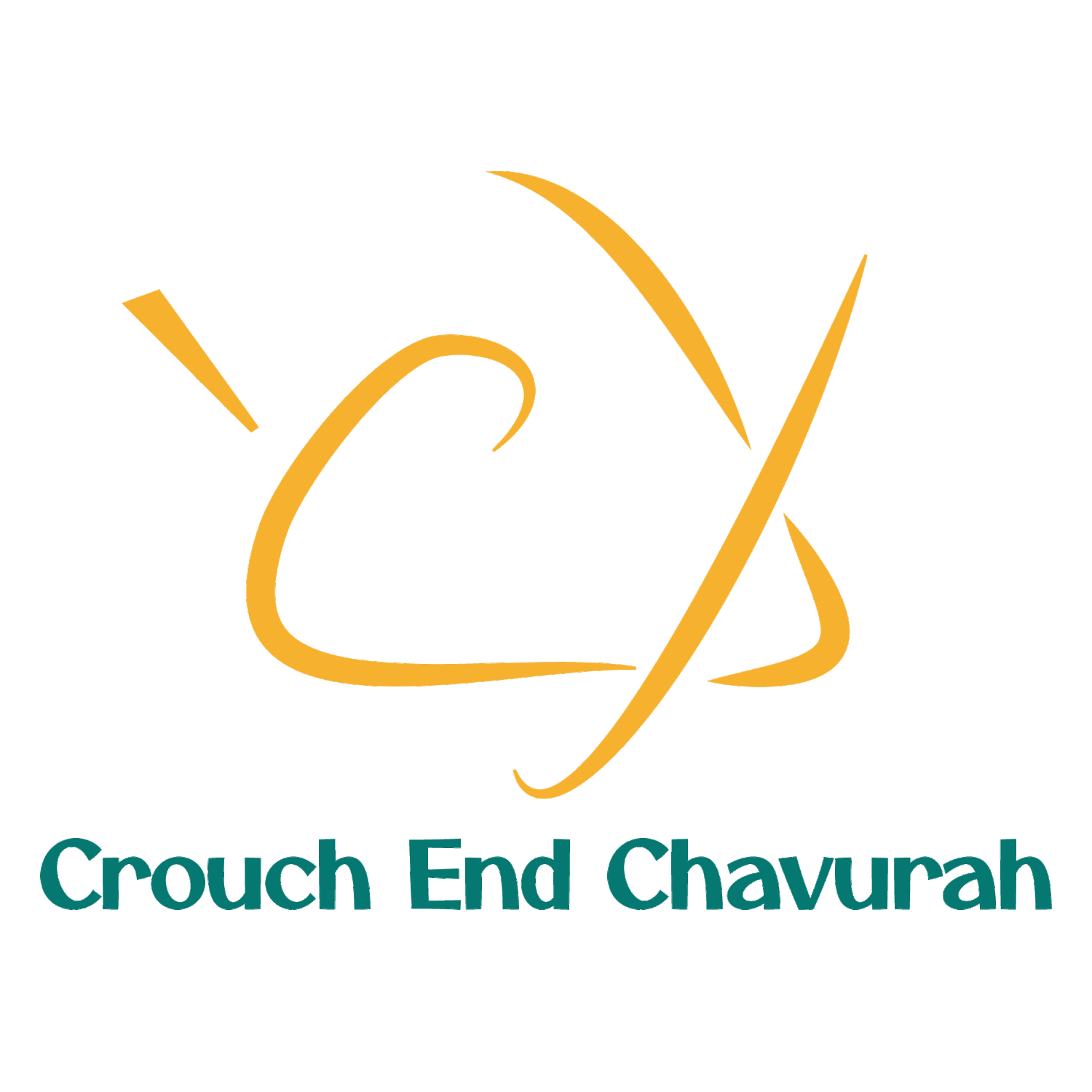Darkness and Dawn
There’s a classic Jewish debate in the Talmud about when it becomes dawn. When exactly is the point that it is dawn, and therefore time to begin the day? Is it when we can distinguish between different colours (between a bundle of blue and a bundle of white wool) or different kinds of animals (between a wolf and a dog or a domesticated donkey and a wild one) (Berachot 9b)? These conversations can seem rather abstract and even pointless in an age of world clocks and the internet. And yet, there’s a link to both the Torah readings we’re in the middle of, as well as the world we find ourselves in today.
We are currently reading about the 10 plagues and the 9th one resonates especially in these dark winter months:
“Moses held out his arm toward the sky and thick darkness descended upon all the land of Egypt for three days. People could not see one another, and for three days no one could get up from under it (leave their place)” (Ex.10.22-23)
Egypt was enveloped in a darkness so thick it was almost physical, and more than that, people were stuck, unable to move, to get up, or able “to see one another”. This description of darkness is more than the absence of light from candles or or fireplaces, more than the cycle of night and day. The ancient rabbis recognised that there was a unique pain in this darkness. It was more than a darkness of the eyes, it was a darkness of the soul.
This year’s theme for JAMI’s Mental Health Awareness Shabbat is ‘Mental Health in a Changing World’ which we will focus on, on Friday 14th January, when Rabbi Howard Cooper will be our guest speaker. Living through the pandemic has affected all our mental health and this special Shabbat is an opportunity for the Chavurah to focus on and raise awareness of mental health and wellbeing.
Darkness of the soul affects us all, at different points in our lives, but these past two years have brought a different kind of darkness in our lives. But with darkness there is also dawn. The Talmud conversation about recognising when the darkness is ending, finishes on a surprising but comforting note. It is not about distinguishing between wool or animals, but the ability to recognise the face of a friend that distinguishes between darkness and the burgeoning dawn.
The end of darkness is the face of a friend, the face of a loved one. That is a comforting thought.
If you are looking for family support, advice, wellbeing events or online mental health support contact JAMI, the mental health support for Jewish communities.
Rabbi Sandra is also available if you would like to get in contact (sandra@crouchendchavurah.org)

